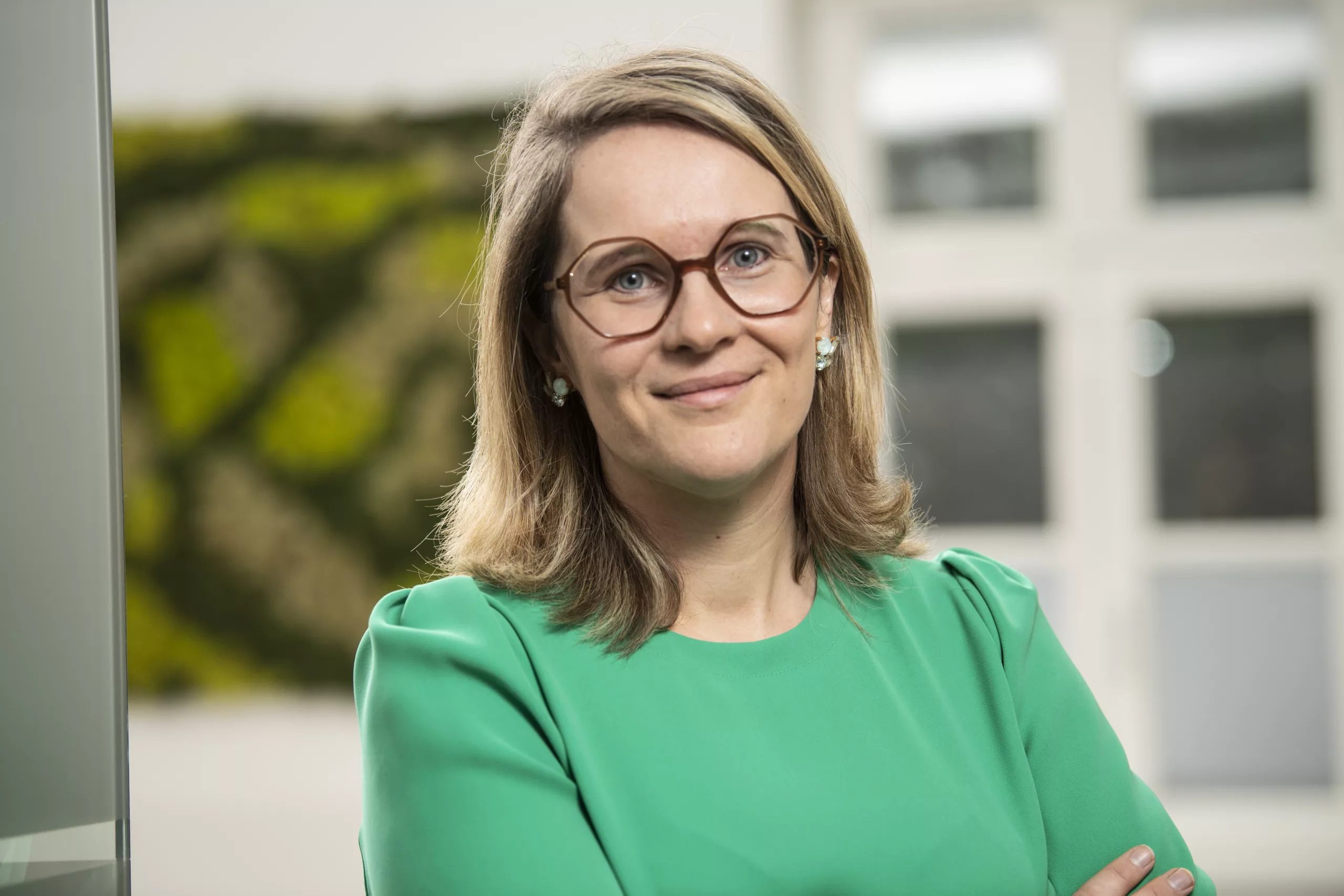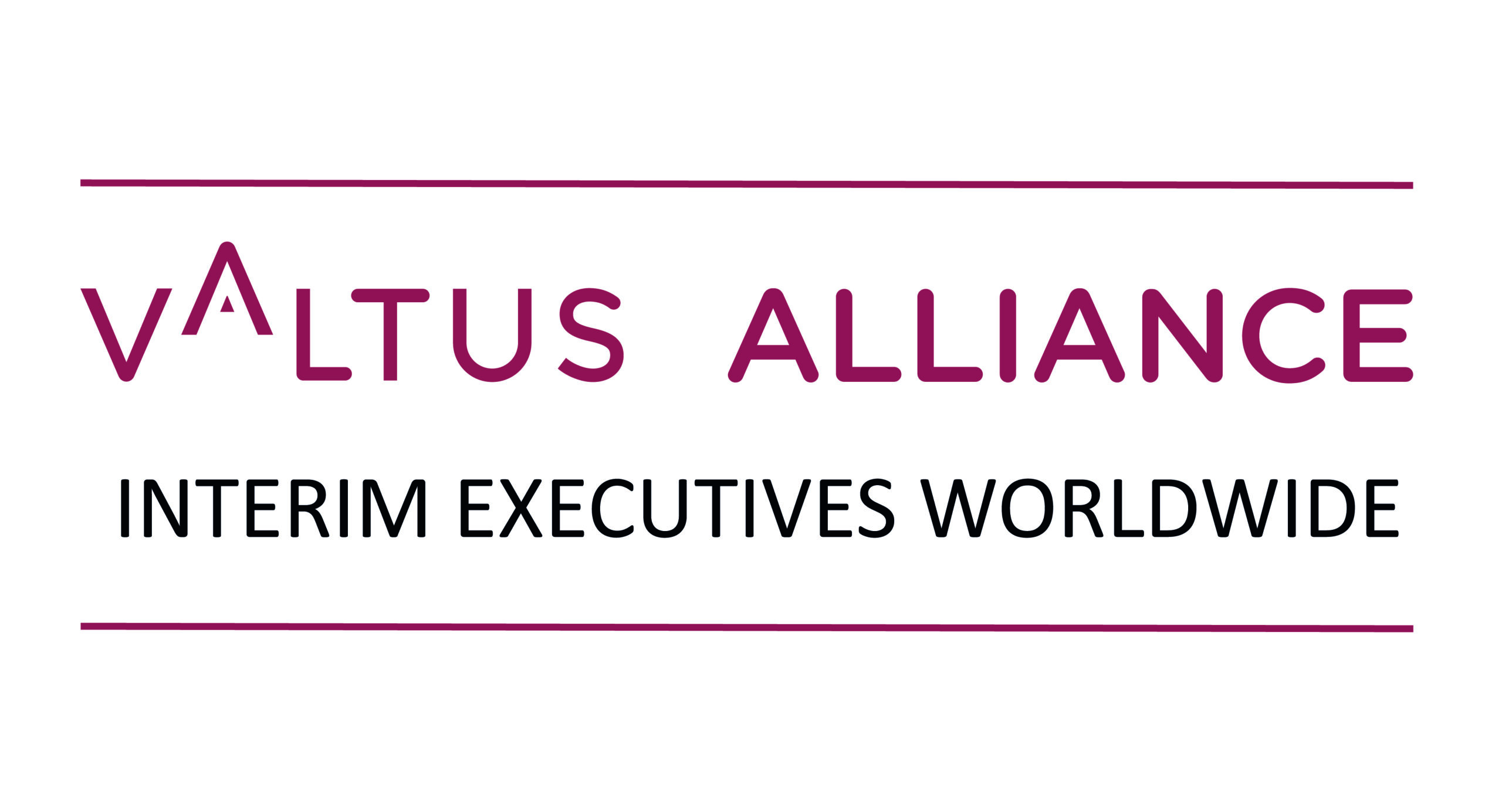Valpeo / Insights / Leadership
‘It’s an illusion that you can just pick a company culture’
January 13, 2022

In many organizations, there has been a greater awareness of culture in recent years, but cultural transformations are often laborious, finds Catherine Maertens, partner at leadership advisory organization VALPEO. ‘Attention to culture and diversity must include understanding and valuing cultural diversity.’
Business leaders have rightly made efforts in recent years to define values, which align with the identity they want to project, and introduce them into their organizations.
This approach is based on the conviction that an organization’s raison d’être is not only shown in products, services, activities and structures, but also in a culture that reinforces its reputation.
Uniformity
However, it is not easy to get these values to actually live in an organization. ‘Despite the many efforts, one does not always get beyond slogans and symbolism,’ says Maertens. The transformation to a new culture is especially difficult when the proposed values strongly deviate from the personal motives or values of the employees.’
Moreover, if different levels of the organization have different expectations, the new culture is in danger of introducing uniformity.
Transformation challenge
Maertens gives the example of innovation. ‘Simply saying you think innovation is important will not make everyone in the organization suddenly inclined to be innovative, and moreover, not every job requires creativity. Cultivating creativity in such a context can send signals into the organization that lead to anxiety rather than connection.’
‘The transformation to a new culture is especially difficult when the proposed values strongly deviate from the personal motivations or values of the employees.’
Cultural upheaval brings even more challenges. ‘The culture of the organization is often the externalization of the people who were attracted by certain values,’ says Maertens. ‘That makes it difficult to achieve a cultural transformation. Personal values are the externalization of beliefs and goals that people pursue.’
A different approach
Those who believe that people are autonomous individuals, who must be given the space to express their capabilities, emotions and ideas, will be very receptive to a change-oriented culture, if only to be able to realise their own convictions and desires.
Those seeking comfort, on the other hand, prefer a culture of stability and group solidarity. In order to stimulate innovation in such an environment, it is important to create an atmosphere of solidarity and stability, where preferences and concerns are not abruptly swept aside.
‘It is a long-term project to attract people who believe in the desired culture. But it also requires a completely different approach, especially in order to remove the concerns of the others, while respecting their value framework,’ says Maertens.
Physical characteristics
In addition to culture, more attention has been paid to diversity in recent years. ‘The under-representation of certain groups in professional life has led to more attention being paid to certain balances.’
Just because you indicate that you think innovation is important, doesn’t mean that everyone in an organization is suddenly inclined or able to do so.
According to Maertens, while more diversity should be welcomed, for example in management boards and boards of directors, what strikes her is that diversity is almost exclusively defined on the basis of observable physical characteristics, such as gender. ‘That’s only the first step towards diversity,’ she says.
Cultural development
According to Maertens, there is a need for more cultural diversity in values and thinking. ‘You also find that diversity in values among customers. to be successful, an organization will increasingly have to take into account the cultural diversity of its environment. Cultural development focuses more on understanding the underlying value frameworks of individuals in order to then take maximum account of them and ensure maximum success.’
‘You cannot commit to diversity and then impose a limited cultural frame of reference. You can only express expectations in order to achieve maximum alignment between personal motivations and the required development of the organization. That starts with an understanding of what is going on, what concerns and desires shape the current culture of the organization and how to respond to that without criticizing or questioning it, because that usually leads to inertia.’
Diversity of thought
In addition to diversity in values, there is a need for diversity in thinking. ‘You need people with different perspectives and frames of reference to reach a higher level of collective intelligence and enriching insights,’ says Maertens ‘If everyone thinks alike, there is a risk that creativity will not be sufficiently sparked. If everyone thinks alike, perhaps no one is thinking at all. This is severely underestimated. After all, past experience does not necessarily lead to more diversity in thinking, quite the contrary.’
If everyone thinks alike, there is a risk that creativity will not be sufficiently sparked. If everyone thinks alike, perhaps no one is thinking at all.
Valpeo advises organizations on leadership and helps fill senior management positions. ‘Our role as leadership advisor is to make clients aware of what cultural diversity really means,’ says Maertens.
Creating connection
According to Maertens, the trick is to connect. ‘A unifying leader is someone who pays attention to all the values in society. Unifying leadership also means realizing what values mean to people, that it is the externalization of their desires, fears and beliefs.’
‘It is an illusion that you can just choose a corporate culture,’ Maertens concludes. ‘You might be able to put extra emphasis on a certain value in a certain period, but essentially an organization is a context of cultural diversity. You need to understand where particular values are underexposed and overexposed in order to redress the balance. Embrace cultural diversity to maximize its value because the market also demands more and more diversity. An organization is a living system that needs to align with other living systems. Creating connection by understanding and valuing diversity is the ultimate key to success.’
What impact would VALPEO’s approach have on your organization?
Subscribe to Ripple, the newsletter
Gain expert advice, innovative strategies, and actionable insights to drive sustainable growth and empower your organisation to thrive in today’s dynamic business landscape.



